Seeing and believing
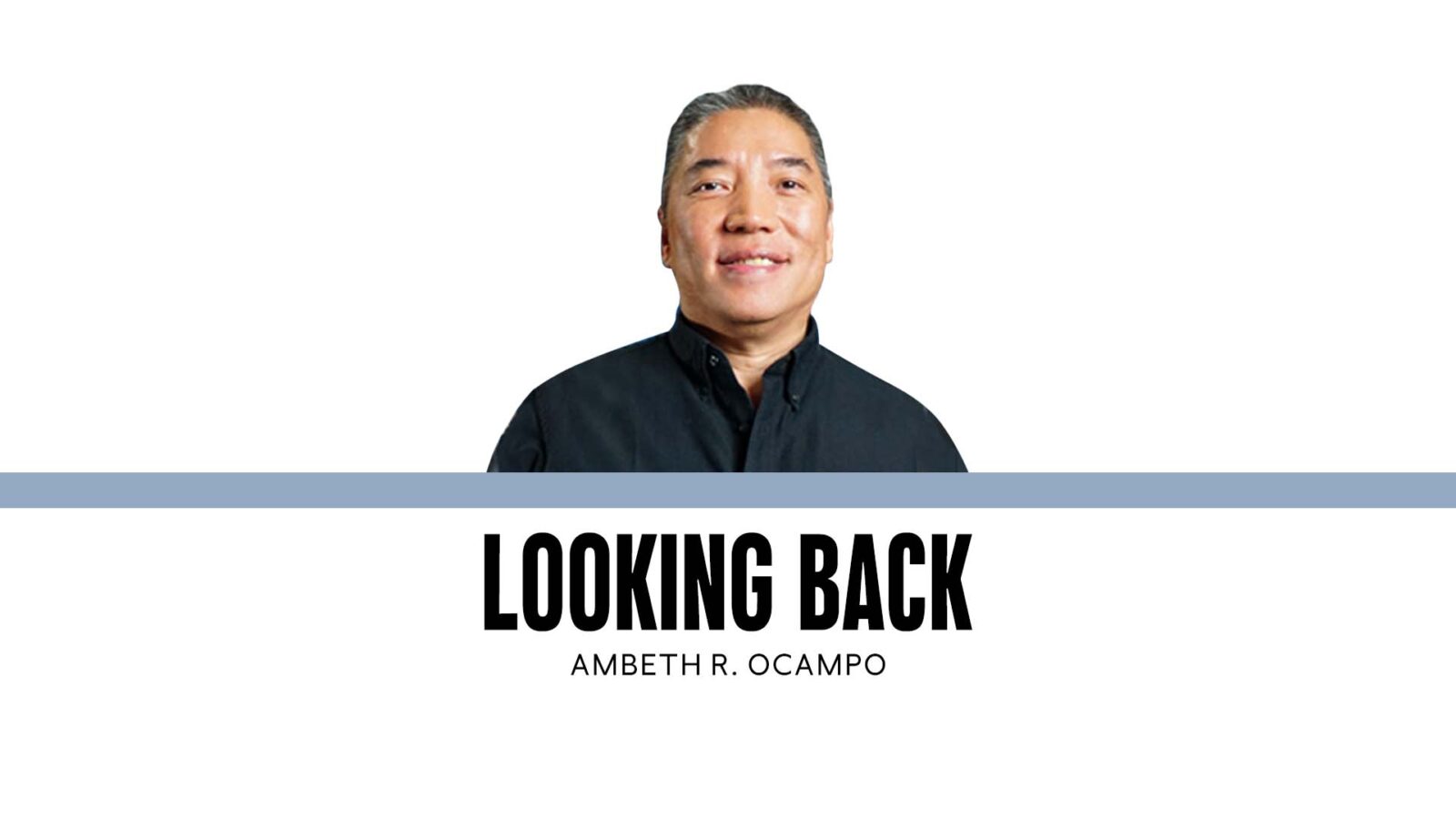
One of my favorite paintings in the National Museum is going abroad. Juan Luna’s “La Bulaqueña” is off to the Louvre Abu Dhabi in the United Arab Emirates, a triumph of Philippine cultural diplomacy. Our Bulaqueña is not going to the Louvre in Paris, where she would be eclipsed by the “Mona Lisa,” rather, she is going to a new museum that deploys various artifacts from all periods, prehistoric to the modern, to underscore connections between different cultures in different parts of the globe with the Arab world. It is not well-known that before Luna’s Bulaqueña, the Philippines was represented in the Louvre Abu Dhabi by a pre-Spanish gold mask loaned by the Ayala Museum.
I hope I can visit and see one of my favorite paintings in a different setting. I am curious about what a foreign audience will make of Luna’s art as well as his representation of 19th-century Philippine beauty and fashion. Before she was displayed to the public in the National Museum, La Bulaqueña used to hang in Malacañang. In my martial law childhood, I always thought she was part of the palace furniture, I often saw her on TV and in the newspapers, hanging in the Palace Music Room, where Imelda Marcos held court. As a historian, I wish Bulaqueña could talk about what she saw and heard in that room over the years. Bulaqueña’s beauty is frozen in time, unlike Mrs. Marcos, who once gave her stiff competition from 1965 to 1986.
I first wrote about Bulaqueña over 35 years ago, after speaking to Antonio Valeriano, historian of Bulacan, who declared that Bulaqueña’s bushy eyebrows and eyes were proof that she was related to the Rodrigos of Bulacan. Valeriano advised me to compare Bulaqueña’s eyes and eyebrows with those of the late Sen. Francisco “Soc” Rodrigo before telling me the exciting story of Maria “Iyang” Rodrigo Fernando, heroine of the Philippine Revolution. “Iyang” was said to have provided food to the Katipunan and even acted as a runner for messages. She was killed in an encounter with Spanish authorities during one of her missions.
At the time, Bulaqueña was not identified, and there was no lack of claimants. From the prewar newspaper column of Felix Roxas, I learned about the beautiful Sabas sisters Dolores and Francisca, daughters of Mariquita Sabas, a socialite known for her tertulias attended by Juan and Antonio Luna. Before Antonio Luna’s archive burned in the Heritage Art Center in the late 1980s, I remember seeing a batch of perfumed love letters from a certain “Paquita,” who was probably Francisca Sabas. That left Dolores, or “Loleng,” to Juan, thus she became one of the possible sitters of La Bulaqueña.
Cultural writer Rosalinda “Baby” Orosa put forward one of her ancestors, a certain Emiliana Trinidad, as the sitter of Bulaqueña. At the time, she owned an important Luna painting known as “Tampuhan.” Luna depicted a couple, presumably lovers, in the sala of a grand bahay-na-bato. The man is looking out the window at a procession on the street, while the woman has her back turned on the man, her eyes on the shiny waxed floor of Philippine hardwood. From the way she is sitting, one can sense she is sulking, hence the title “Tampuhan.” But what was the reason for the lover’s quarrel? If you look closely at the painting, you will see a woman by the window in the house across the street. Perhaps the man paid too much attention to the woman across the street?
Miss Orosa identified the man as Ariston Bautista Lin and the woman as the sitter of both “Tampuhan” and “La Bulaqueña.” This was her ancestor, Emiliana Trinidad. I doubted Miss Orosa at the time because she could not show documentary, or more importantly, photographic proof to support her claim. That proof came long after, in 2014, at a dinner hosted by my mother’s friend Carmelino Alvendia Jr., who introduced me to his first cousin Ma. Esperanza de Santos Pahati-Olivera, who said her grandmother, Emiliana Trinidad de Santos, was “La Bulaqueña.” I was ready to discount this story having heard the same years before, but then I was shown photographs. One photo was of Emiliana Trinidad in her old age, the other much younger, and the resemblance was unmistakable despite putting on some years of marriage and some weight. I went home, compared the photo with Bulaqueña, flipped the photo of the painting on my computer, and found a perfect match. After so many years, Luna’s “La Bulaqueña” was definitively identified as Emiliana Trinidad.
Despite an article on this I wrote in 2017, the guides at the National Museum still get visitors who tell them that their ancestor is the true sitter of “La Bulaqueña.” Well, my mother’s photo-oleo was on loan to the National Museum for many years, and it went viral when a young lady visiting from Davao posted a selfie showing her resemblance. Then she asked aloud if she was the reincarnation of my mother! Jessica Soho arranged for us to meet in the museum and I think I saw a similarity where my sisters found none. I guess, for questions like Bulaqueña’s identity or my mother’s portrait, we don’t see what our eyes see. We see what we want to see.
Ambeth is a Public Historian whose research covers 19th century Philippines: its art, culture, and the people who figure in the birth of the nation. Professor and former Chair, Department of History, Ateneo de Manila University, he writes a widely-read editorial page column for the Philippine Daily Inquirer, and has published over 30 books—the most recent being: Martial Law: Looking Back 15 (Anvil, 2021) and Yaman: History and Heritage in Philippine Money (Bangko Sentral ng Pilipinas, 2021).


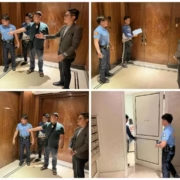






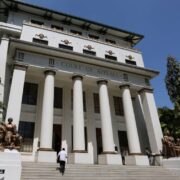



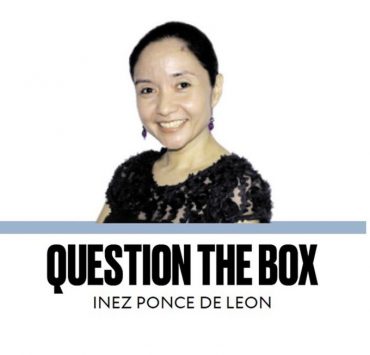

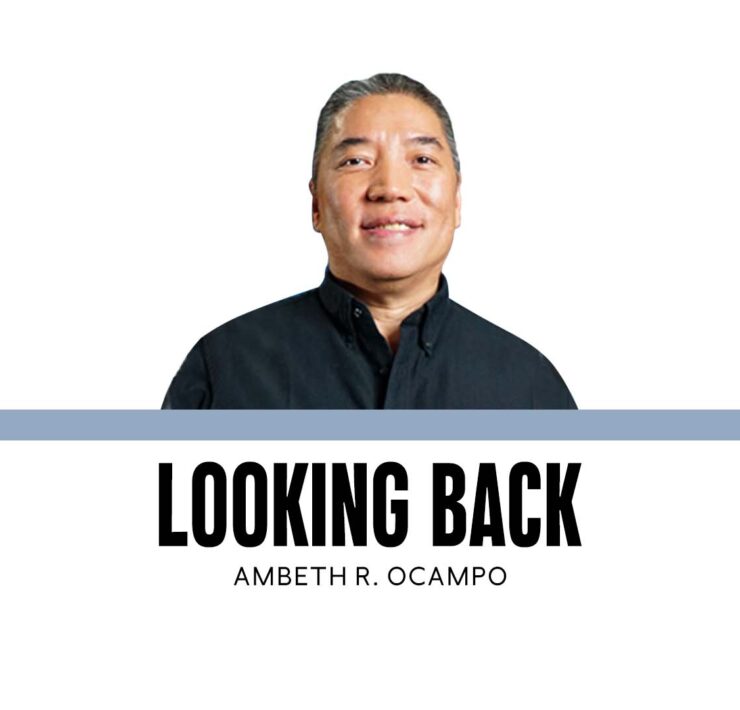


We say no to violence against women